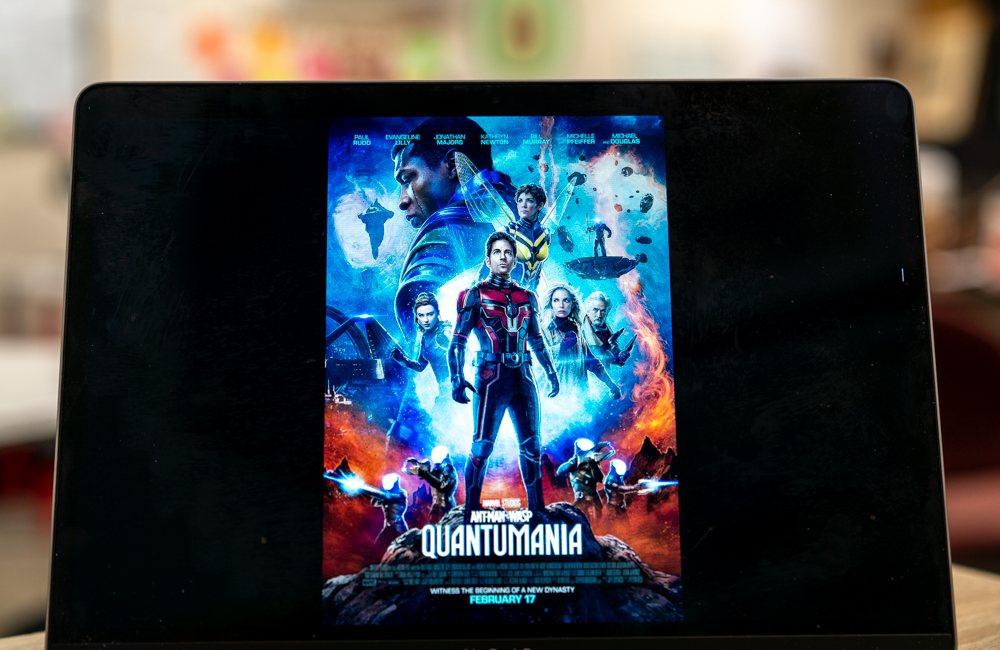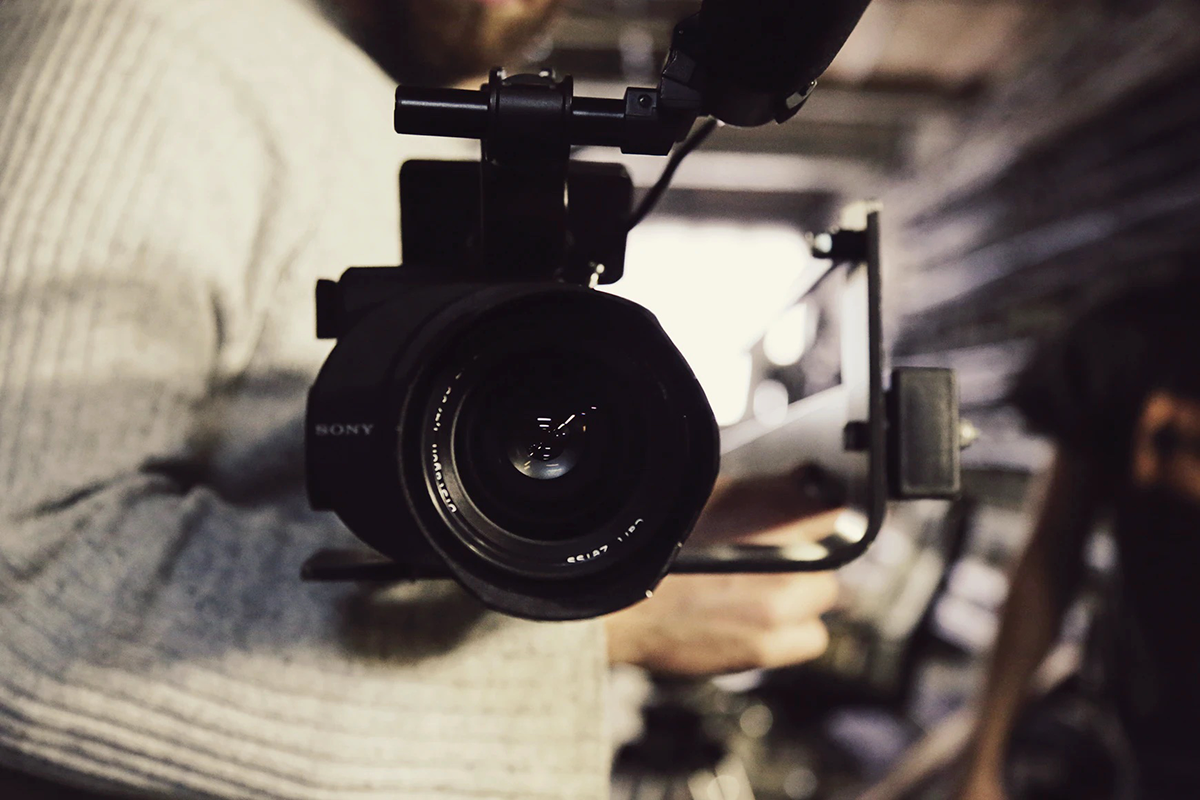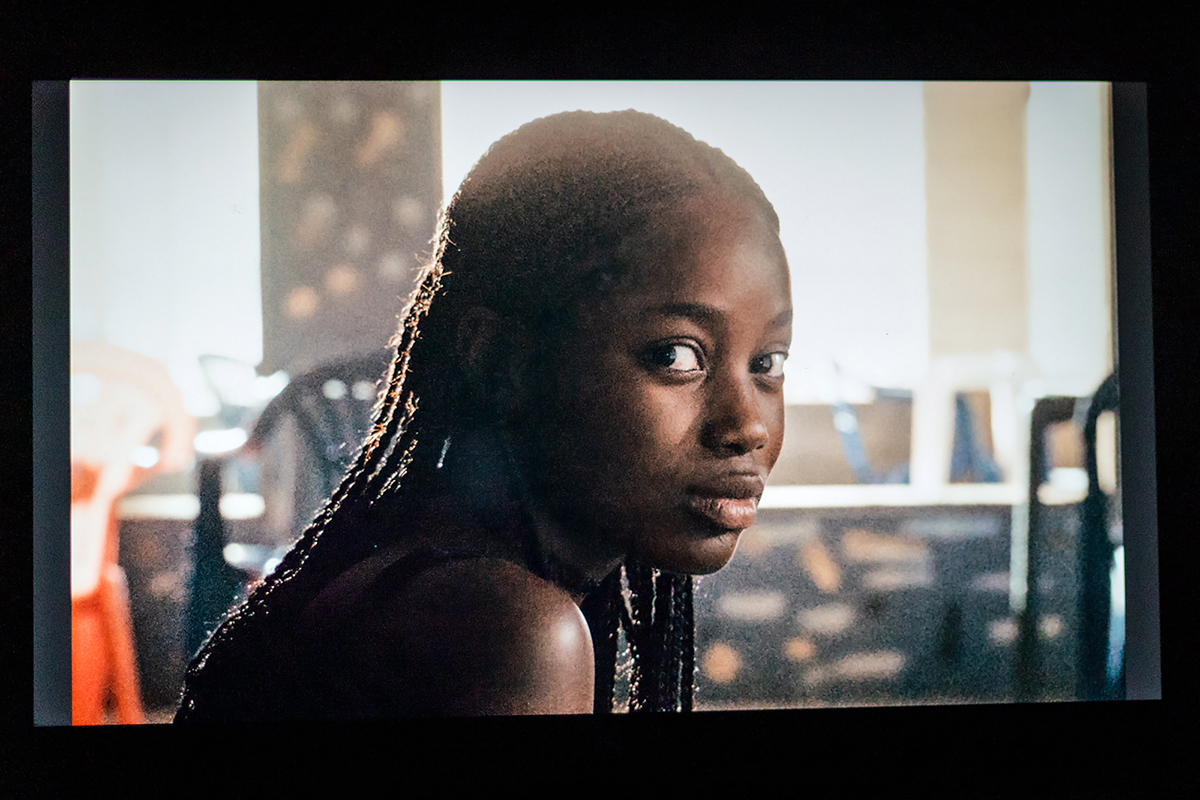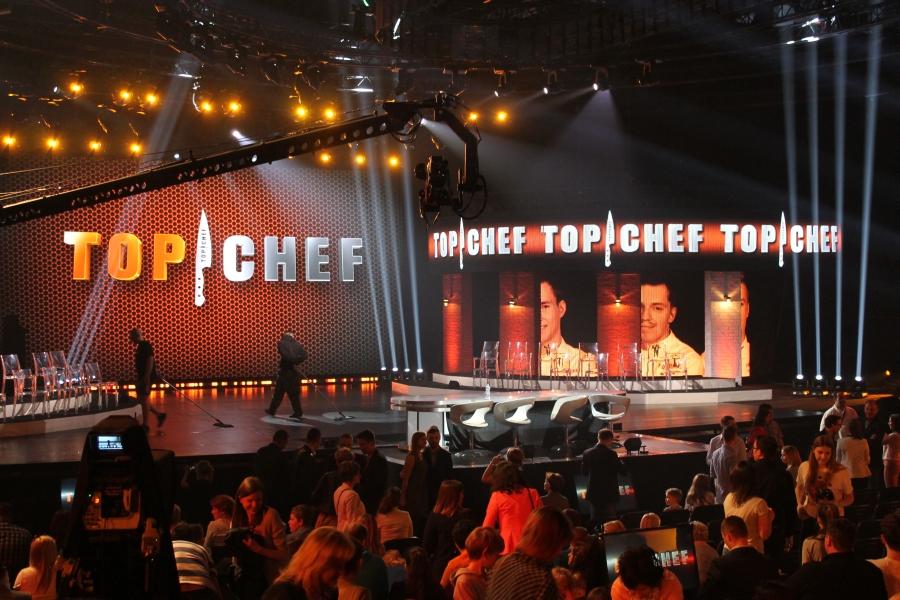
“The Hunger Games: Mockingjay – Part 1” has achieved something paradoxically spectacular. Since it was slightly unnecessary for the film to be split into two parts, “Part 1” moves extraordinarily slowly, with all the intense, action-packed scenes reserved for the second installment. And yet, this seems to work in its favor.
The film picks up exactly where the previous one, “The Hunger Games: Catching Fire,” left off. Viewers are launched straight into the revolutionary conflict, in which the rebels in District 13 attempt to stir up the rest of the damaged districts and convince them to join the fight against the totalitarian Capitol. The Capitol has captured Peeta Mellark (Josh Hutcherson), while Katniss Everdeen (Jennifer Lawrence) is now living amongst the rebels, who frame her as the face of the revolution—the Mockingjay.
As mentioned earlier, the film is slow-paced. By focusing on the mechanics of the revolutionary conflict, we lose the energy and excitement of the Games from the rest of the series. However, this allows for deeper character development, which is matched by phenomenal acting. Lawrence delivers, as always, but her spotlight is stolen by two of her costars in particular: Julianne Moore and Philip Seymour Hoffman.
Moore plays the leader of the revolution, President Alma Coin. The name is apt, as Coin has two drastically different sides that she picks from when the situation calls for it. On one hand, she is an iron woman who sets her emotions aside and does what is best for the most. However, she does soften when necessary. Most people know going into the film that Moore is an exceptionally talented actress, but her performance is captivating nonetheless.
Audiences of the film are also reminded of the immense talent of the late Philip Seymour Hoffman, as his depiction of former Gamemaker Plutarch Heavensbee is funny and exceptionally real. While Hoffman came off as a bit forced and uncomfortable in “Catching Fire,” he looks utterly at ease in “Mockingjay – Part 1,” delivering one-liners that add the right amount of comedic relief. The film is dedicated to him, and rightly so, as it would not have been the same without his contribution.
But alas, no film can be perfect. While it is true that her circumstances are significantly different in this portion of the storyline, one cannot help but question why Katniss’s actions warrant her being the face of the revolution. She has accomplished a lot, but in this film specifically, the young woman who was once a strong-willed protagonist is sidelined and reduced to a weepy, lovelorn girl.
The story doesn’t provide her with enough scenes to prove herself, and her interactions with her equally lovesick but misdirected best friend Gale (Liam Hemsworth) are cringe-worthy. This criticism, of course, can be directed toward author Suzanne Collins, as “Mockingjay” was, arguably, the weakest book of the trilogy.
Despite this drawback, the film perseveres. There’s just something about “The Hunger Games” films that has always placed them a step above other young-adult adaptations. Perhaps it is the heart behind the acting, or just the vicious truth of the conflict as a whole. A world that allows others, namely children, to fight each other to the death seems horrible and appalling, but it stands as a candid metaphor of our own world.
Director Francis Lawrence understands this well and draws upon this metaphor, doing an excellent job of maintaining the attention of the audience. The film doesn’t keep us on the edge of our seats, but the message is deep and is one that sticks with us long after the movie is over.





















































































































